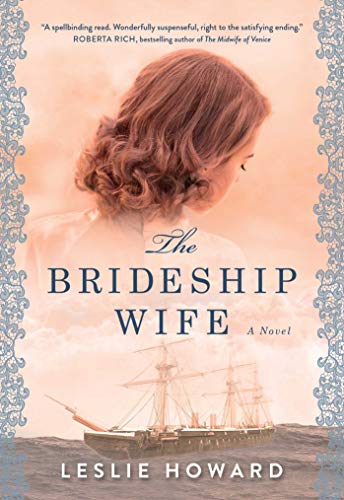The Brideship Wife
Charlotte is an unmarried woman with few options in 1862 England. Her brother-in-law supports her financially but wishes her to marry; her indifferent cousin offers her a position with a sneer. With no dowry or prospects, she finds herself subject to the whims and decisions of the men in her life. A traumatic encounter with a suitor leaves her with no options, except one: to leave England for British Columbia as a passenger on the Tynemouth, a ship filled with unmarried women intended to populate the new territory with English brides.
It is easy to immediately cheer for Charlotte, an intelligent woman bucking the traditional system, as she finds her agency in this new territory. While the goal of the voyage is to deliver brides to Canada, she instead spends her time discovering her talents, interests, and a life that will make her happy. She befriends a clergyman who gives her an alternative perspective to the stolen land they reside on, and forms lifelong friends with other women seeking freedom and opportunity away from England. While this is an optimistic coming-of-age story set in wild British Columbia, Howard does not shy away from highlighting the complicated history fictional Charlotte finds herself in. The plight of Native nations, and the racist attitudes of those in power are examined and part of the challenging landscape Charlotte and her friend Sarah, a daughter of a former slave, navigate. While these larger themes fill out the historical background, Howard’s peek into this untold story in Canadian history looks at this time at a micro level, having the reader see both the opportunity that awaits a woman who otherwise would have none, and the complex land and political reality that was the early history of the English settlement of British Columbia.










